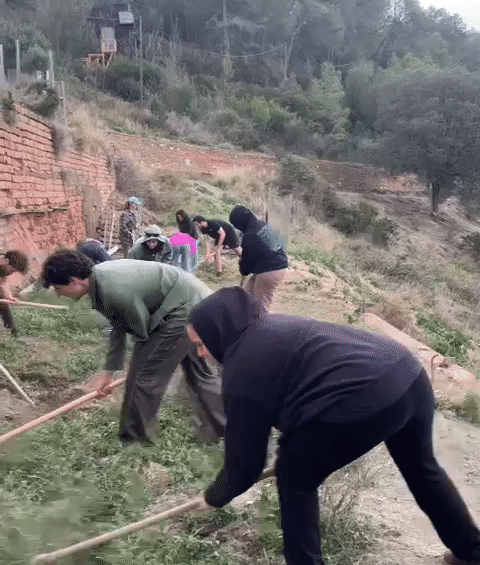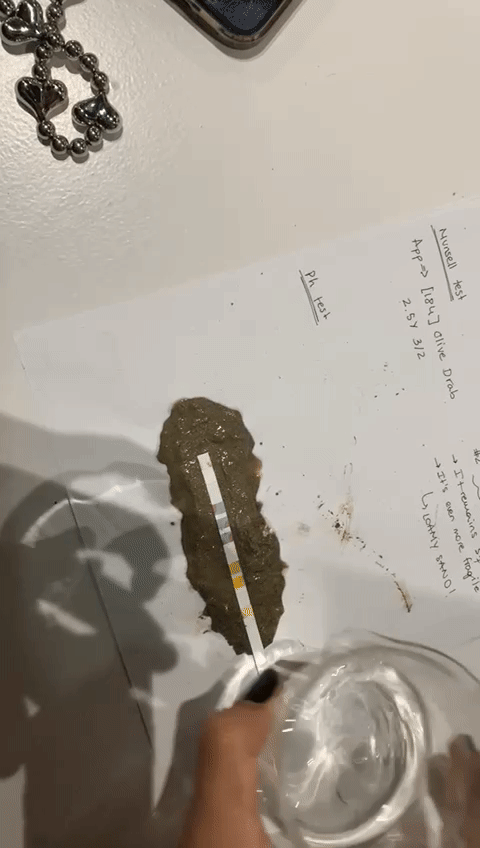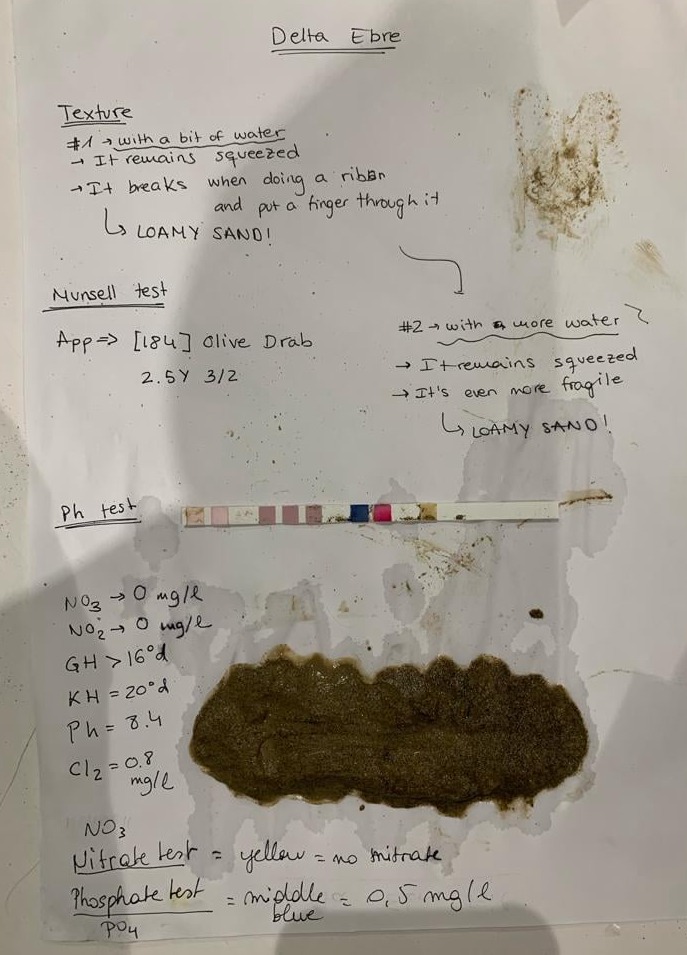The Agri Zero seminar exposed us to diverse agricultural practices, plant and soil ecoystems as well as how technology integration can enhance the sustainability, simplicity, and regenerative aspects of modern farming.
Jonathan Minchin, an architect turned agricultural expert, guided us through various agricultural methods, such as permaculture, or permanent culture, where natural ecoystems are mimicked to include a varity of plant species co-existing in a self-sufficient manner, or regenerative agriculture, where soil health is restored and enhanced to improve the overall ecoystem.
He also highlighted the ways technology and computational agriculture can optimize efficiency and ecological renewal and how digital agriculture needs to be reinvented to support more conventional ways of farming, instead of industrial agriculture.
In his views, what the soil needs and wants should be the basis for new types of agriculture. Our economy should be capped with the rate of the growth of plants, so that we don't over-produce and over-consume.
We also got our hands dirty and learned how to prepare and till land to create an orchard.

We also harvested laurel leafs from the Valldaura campus to create essential oil with a distiller. I was really surprised by the amount leaves needed to create just a few drops of essential oils, which explains why essential oils are so expensive!


Drag and Drop Website Builder